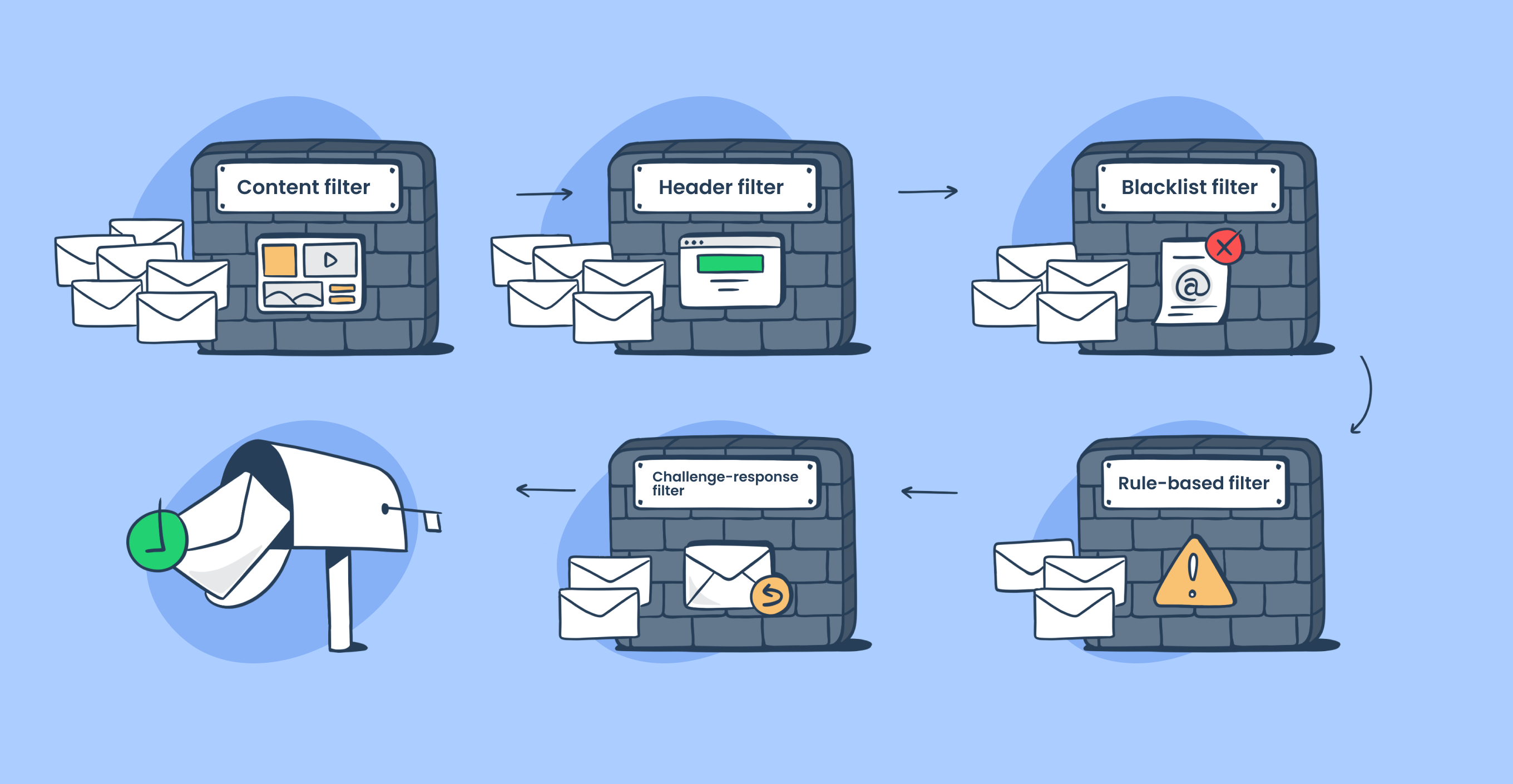How to Filter Spam
Spam emails are the bane of our digital existence. They flood our inboxes with unwanted advertisements, phishing attempts, and scams. Fortunately, there are steps you can take to filter out these pesky messages and regain control of your email inbox. In this article, we will discuss the various methods you can use to effectively filter out spam and keep your inbox organized.
1. Use a Spam Filter
The most basic way to filter out spam is to use a spam filter. Most email services, such as Gmail, Outlook, and Yahoo, have built-in spam filters that automatically detect and filter out spam messages. These filters analyze incoming emails and determine which ones are likely to be spam based on various factors, such as the sender’s email address, the content of the email, and any attachments. Make sure to enable the spam filter on your email account to help reduce the amount of spam you receive.
2. Create Filters
If you find that the built-in spam filter is not catching all of the spam messages, you can create your own custom filters. Most email services allow you to set up rules that automatically filter incoming emails based on specific criteria, such as the sender’s email address, the subject line, or specific keywords in the email body. By creating custom filters, you can better control which emails make it to your inbox and which ones are sent to the spam folder.
3. Use a Disposable Email Address
If you frequently sign up for online services or newsletters, consider using a disposable email address. A disposable email address is an email address that you create specifically for signing up for online services or newsletters. If you start to receive spam messages to that email address, you can simply delete the address and create a new one. This way, your primary email address remains spam-free, and you can easily filter out any unwanted messages sent to your disposable email address.
4. Be Cautious of Unsubscribe Links
Spammers often use unsubscribe links in their emails as a way to confirm that your email address is valid. When you click on an unsubscribe link in a spam email, you are essentially letting the spammer know that your email address is active, making you a target for more spam. Instead of clicking on unsubscribe links in spam emails, simply mark the message as spam and move it to your spam folder. This way, you can filter out future messages from the same sender without confirming your email address.
5. Regularly Update Your Spam Filter Settings
Spammers are constantly evolving their tactics to bypass spam filters, which is why it’s essential to regularly update your spam filter settings. Check for updates to your email service’s spam filter settings and make sure they are set to the highest level of protection. By staying up to date with the latest spam filter settings, you can effectively filter out new types of spam messages and stay one step ahead of spammers.
6. Report Spam Messages
If you receive a spam message in your inbox, make sure to report it as spam. Most email services have a built-in feature that allows you to report spam messages with just a click of a button. By reporting spam messages, you help improve the effectiveness of the spam filter for yourself and other users. Additionally, reporting spam messages to your email service provider can help them identify and block spam senders, further reducing the amount of spam you receive.
Conclusion
Filtering out spam emails may require a bit of effort initially, but the benefits of a clean and organized inbox far outweigh the time spent managing spam. By using a combination of spam filters, custom filters, disposable email addresses, and reporting spam messages, you can effectively filter out spam and regain control of your email inbox. Remember to stay vigilant and regularly update your spam filter settings to stay one step ahead of spammers.
